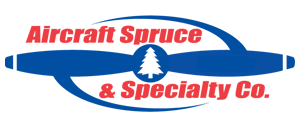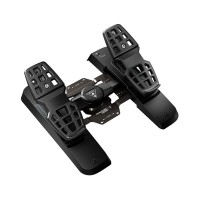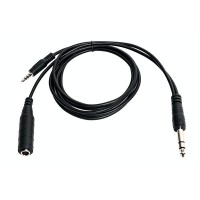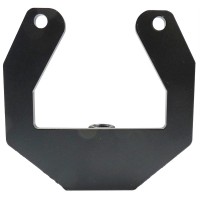FREE SHIPPING ON ORDERS OVER $350 (SOME EXCLUSIONS APPLY) | 877-4-SPRUCE
Concorde Air France Model
$239.95/Each
Part# 13-11061
MFR Model# KSSTFTR
MFR Model# KSSTFTR
Overview
|
The Aerospatiale-BAC Concorde supersonic transport (SST) was first flown by Andre Turcat in 1969. The aircraft was initially referred to as ""Concorde"", with the French spelling, but the name was changed officially by Harold Macmillan to ""Concord"". Concorde pioneered a double-delta shaped wings, variable inlet ramps, supercruise capability, thrust-by-wire engines and a droop-nose section for improved landing visibility. In February 1965, there were two Concordes prototype built. The first was the 001, which was built by Aerospatiale at Toulouse and 002, built by BAC at Filton, Bristol. On September 4, 1971, Concorde embarked on a sales and demonstration tour, as the flight programme progressed. While the Concorde 002 toured the Middle and Far East on June 2, 1972. These trips resulted to 70 aircraft orders, but a number of incidents occurred that resulted to a sudden number of order cancellations such as the oil crisis in 1973 and the sonic boom, takeoff-noise and pollution. The Concorde service commenced in 1976 and still in service for about 27 years. The airliner flew regular transatlantic flights from British Airways and Air France to New York JFK and Washington Dulles in just less than half the time compared to other airliners. In 1971, the US had cancelled its supersonic transport (SST) programme. Concordes scheduled flights started on January 21, 1976 on the London-Bahrain and Paris-Rio (via Dakar) routes. New York banned Concorde locally, the time When the Us ban on JFK Concorde operations was lifted in February 1977. From 1974 onwards, European Airlines flew both demonstration and test flights. There were 20 Concordes built in total, six for development and 14 for commercial service. |
WARNING: Cancer and Reproductive Harm - www.P65Warnings.ca.gov. |
Q&A
Please note, Aircraft Spruce ®'s personnel are not certified aircraft mechanics and can only provide general support and ideas, which should not be relied upon or implemented in lieu of consulting an A&P or other qualified technician. Aircraft Spruce ® assumes no responsibility or liability for any issue or problem which may arise from any repair, modification or other work done from this knowledge base. Any product eligibility information provided here is based on general application guides and we recommend always referring to your specific aircraft parts manual, the parts manufacturer or consulting with a qualified mechanic.








 FREE Shipping
FREE Shipping




